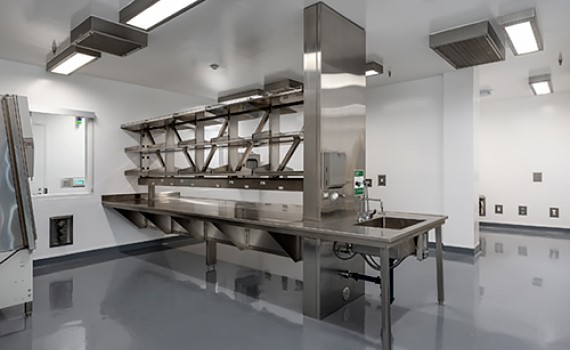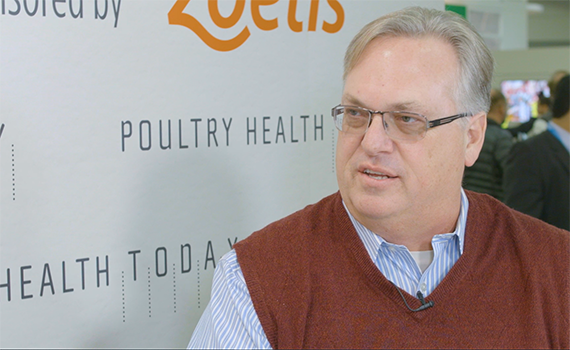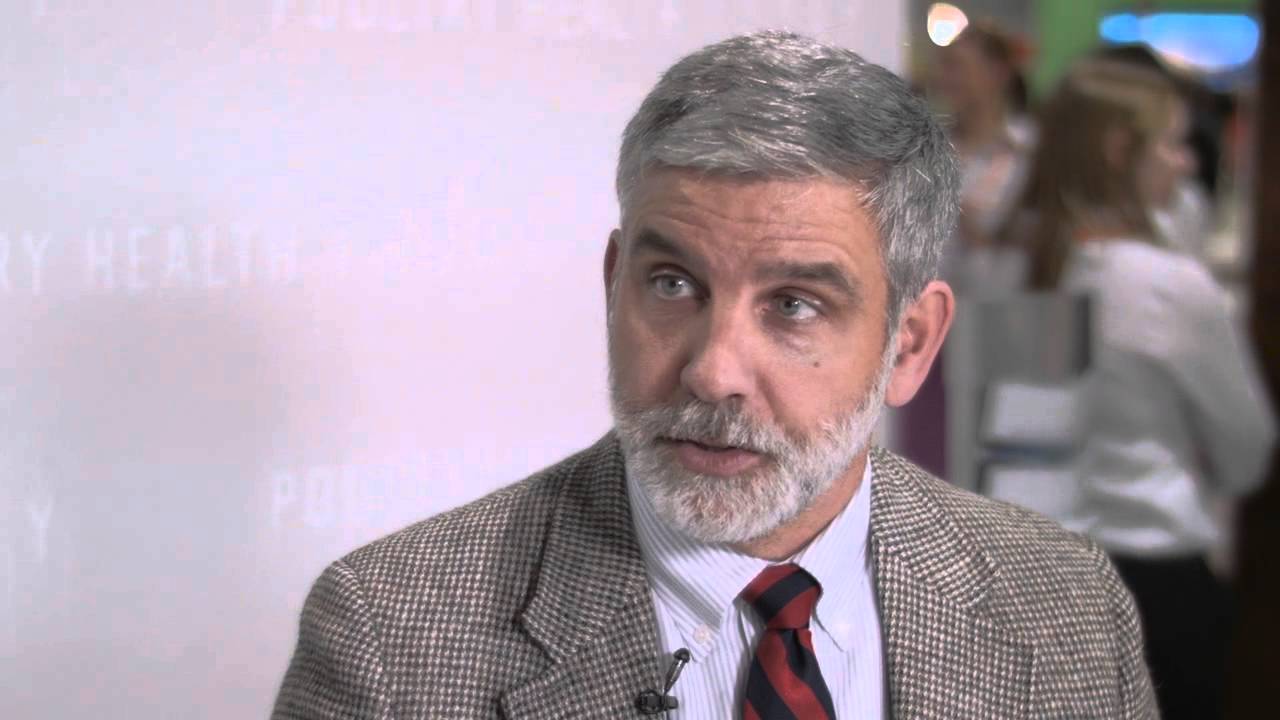What is the carbon footprint of your poultry farm?
As environmentalists monitor the role agriculture plays in greenhouse-gas emissions, all poultry producers need to get a handle on their farm’s carbon footprint, says Claudia Dunkley, PhD, extension poultry specialist at the University of Georgia. Watch the video of her interview, below.
Simply defined, a carbon footprint is the total amount of greenhouse gases, or GHG, produced to directly and indirectly support human activities, including poultry production.
“Animal agriculture is responsible for the production of carbon dioxide, nitrous oxide and methane, gasses included in the carbon footprint,” Dunkley told Poultry Health Today.
To identify the sources of GHG from poultry operations, Dunkley and her associates surveyed poultry producers about housing (size, type, construction), fuel usage (type and amount used), electricity and the type of birds being housed — broilers, breeders or layers.
Their initial survey allowed them to divide the GHG emissions into two groups — mechanical and non-mechanical. Mechanical emissions originate from fuel use in tractors, heaters and incinerators and make up the majority of emissions, she explained. The majority of non-mechanical emissions found in poultry production are attributed to litter handling systems.
“There is a direct connection between greenhouse-gas emissions or the carbon footprint and the amount of fuel that is used,” Dunkley noted.
On poultry farms, feed production is responsible for the the majority of fuel use. The survey also found that broiler farms have the highest GHG emissions from fossil fuel while breeder farms have the least.
While reducing their farm’s carbon footprint may not be top of mind for most producers, reducing something more visible and measurable — fuel use, for example — can potentially increase profits and make the effort a win-win situation financially and environmentally.
“I think the opportunity to increase profits with a few simple changes will get their attention,” Dunkley said.
The University of Georgia offers a free GHG Calculation Tool to help poultry producers measure their carbon footprint. It allows producers to enter information specific to their operation, calculate their current carbon footprint and receive recommendations related to lighting, heating and fuel use to help reduce their emission numbers.
Posted on May 11, 2016
 We’re glad you’re enjoying
We’re glad you’re enjoying










